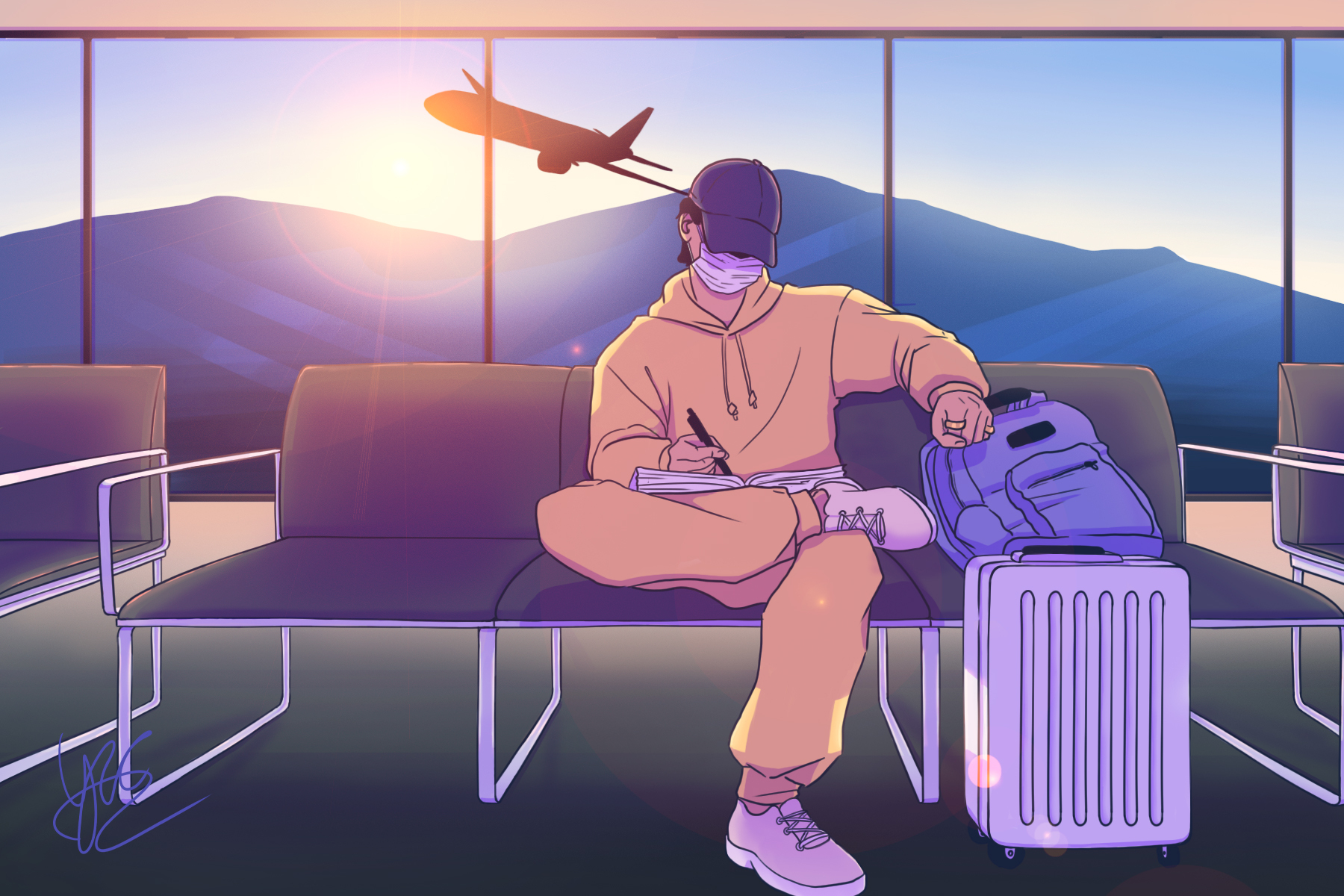Among all the professions fundamentally changed by COVID-19, consider that of the travel writer. How do travel writers ply their trade when they can’t travel — and when no one can?
Although the pandemic had profound effects on the profession, those effects weren’t necessarily negative. In fact, travel writing has expanded in ways it couldn’t have before COVID, turning writers into more vital and eye-opening guides than ever before. But as the pandemic persisted, it became clear that travel writing — and travel as a whole — would have to undergo important changes if it were ever to return to pre-pandemic levels.
When international travel was shut down, many travel writers had to refocus in order to stay employed. Many pivoted away from travel writing entirely during the pandemic, including Robert Curley, a Rhode Island-based freelance writer who has contributed to Coastal Living Magazine and Afar Media, among other journals.
Curley says the volume and nature of his work vastly changed: “I lost three or four major clients that have not yet come back, so I had to fall back on my background as a health care writer.” He continues, “I was able to pick up some steady work writing about health care, including a lot of COVID and vaccine stories, for a website called Healthline, as well as augmenting my work with other assorted projects, from writing descriptions of real estate listings (a very hot market) to more general feature stories in magazines.”
https://www.instagram.com/p/CQb_Fq6AQUc/?utm_source=ig_web_copy_link
Others were forced into more drastic changes: “I gave up travel writing and got a day job,” says Pam Mandel, a Seattle-based former freelance travel writer and co-founder of the U.S. travel newsletter The Stateside. “The magazines and websites I wrote for collapsed, stopped commissioning travel stories, and everything was on hold. I had to pay my bills so… day job it is!”
Ironically, although the pandemic was responsible for the near demise of travel writing, it still generated many stories for travel writers. As New York Times travel contributor Sarah Firshein wrote, travel writing “becomes even more interesting when the world stops.” She detailed the numerous questions she had answered from erstwhile travelers who were stuck in limbo as their trips and reservations were abruptly canceled. Similarly, The New York Times and other major publications covered some travel companies’ desperate attempts to keep themselves afloat by engaging in shady tactics such as refusing refunds for international flights.
Articles offering travel guidance — such as guiding consumers through the rebooking or refunding process — constituted a large number of travel articles written during the pandemic. However, these articles paled in popularity to articles covering domestic travel, which garnered significant interest at the expense of international travel articles.
While international travel all but ceased, domestic travel remained near its pre-pandemic levels. U.S. Department of Transportation statistics show there was a slight dip in domestic trips from February to March of 2020. However, by the summer of 2020, the number of trips was almost identical to that of previous years.
Road travel was vastly more prevalent than air travel during the pandemic because of its relative safety. Since the travel market in this area did not change due to the pandemic, it was an appealing topic for travel writers to cover. Articles on ideas for local travel and “staycations” abounded by late spring 2020. This interest in domestic travel seems to be continuing even as international travel slowly resumes, indicating that shorter vacations and staycations could become even more commonplace than they already are. Naturally, travel writing would likely follow that trend.
As the travel industry shows signs of returning to normal as the pandemic winds down, it would seem that travel writing may soon recoup as well. But that may not be the case, as evidenced once again by the Department of Transportation. Even as vaccination rates in the United States and many other countries increase and some restrictions lift, international travel numbers remain near their pandemic lows. Travel writing is a mirror of travel consumers’ interests, and it seems that their interest will remain squarely on domestic travel for the foreseeable future.
So how may travel writing change in a post-pandemic world? “The market will come back first for domestic and drive-to stories, while international travel will be slower to return since some destinations (Canada, for example) aren’t even open to international tourism yet,” Curley says.
It remains likely that travel writing will not fully recover until the market does, which Mandel observes may take a while: “I think there’s a long recovery period ahead for the markets. Travel is a global phenomenon, yet Chile and India and other places in the world haven’t been able to manage their pandemic issues, while here in the US, particularly where I live, we’re in pretty good shape.”
https://www.instagram.com/p/CQUX0-dMivg/
Mandel also points to domestic travel as the likely winner of the pandemic scramble, as domestic travel numbers suffered relatively fewer losses than any other facet of the travel industry. Of course, while the Department of Transportation’s numbers seem to show that domestic travel currently remains more popular than international travel, this could be subject to change again as countries beat COVID-19 and become fully available to tourists again.
Even though many vacation destinations are opening back up, travel writing and international travel as a whole may take years to return to pre-pandemic levels. The pandemic was an incredibly taxing and traumatizing period for almost everyone. It’s possible that international travel and its associated industry may be yet another COVID-19 casualty, even as domestic travel writing enjoys continuing popularity.

















